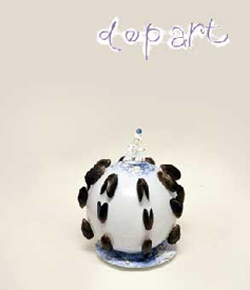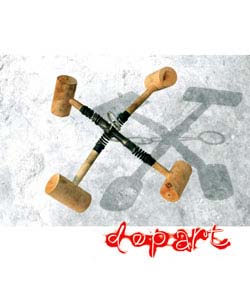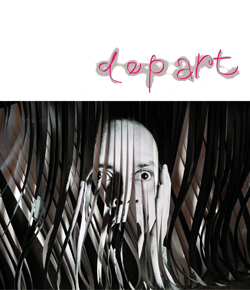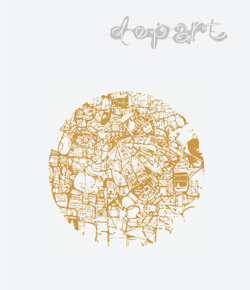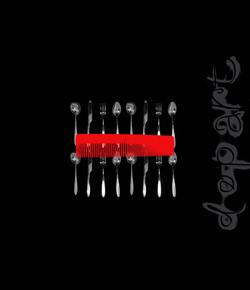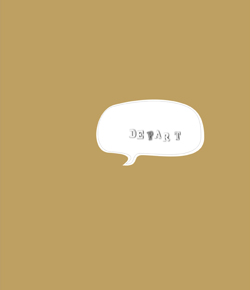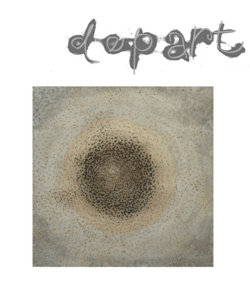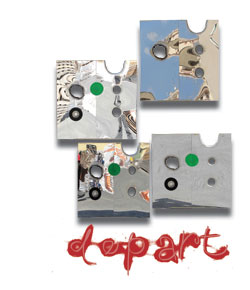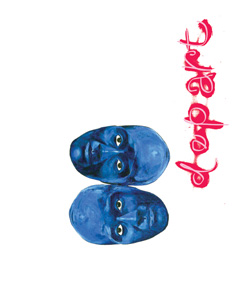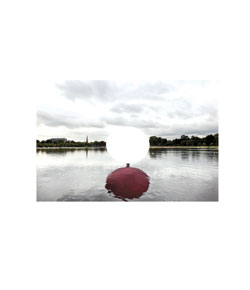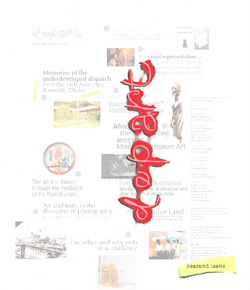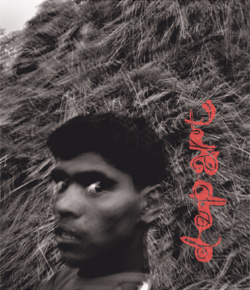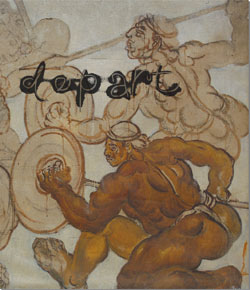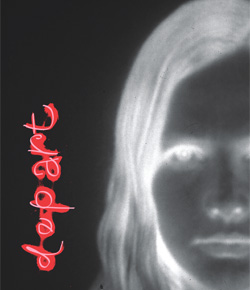newsscape
Art, crop-fields and formal beauty

Setsu Suzuki is a Japanese artist with an inclination to infiltrate the public space with his retina-pleasing conceptual pieces. His recent visit to Bangladesh – an agro-based, riverine topography – has been an occasion to introduce the tenth edition of his 'True Project,' an artistic endeavour that he takes to different locations to 'pay homage to the peasant population' of the world.
With the recent version, Suzuki's aim was to reach a far corner of Bangladesh. Accordingly, in Jhenaidah, south-west of the country and an important paddy producing district, his aesthetic scheme was materialized on a sprawling six-bigha of land with the help of the local people and with the mediation of Bangladeshi artist Sheikh Afzal.

Before even venturing into the countryside, the artist displayed an ancillary project in the open space at the Faculty of Fine Arts, Dhaka University, employing the same elements he later used on the crop-field installation in Jhenaidah. If the Dhaka installation was an interactive five-meter-tall tower, the Jhenaidah project was a horizontally placed, carefully patterned installation that echoed the discipline of agriculture – especially of crop-fields.
Launched on November 8, the Dhaka display continued till November 14, providing ample opportunity for the Dhakaites to get a glimpse of his elemental but ambitious art works. The Jhenaidah project was installed on November 18th and continued till 22th.

Suzuki has been doing site-specific installations for the past 13 years in Yachio, Japan, where his art has adorned the paddy fields. In an interview with the New Age, Suzuki pointed out the reason for choosing to come here: 'Since Bangladesh is also an agriculture-based country, I thought it would be interesting to display my installation here.'




